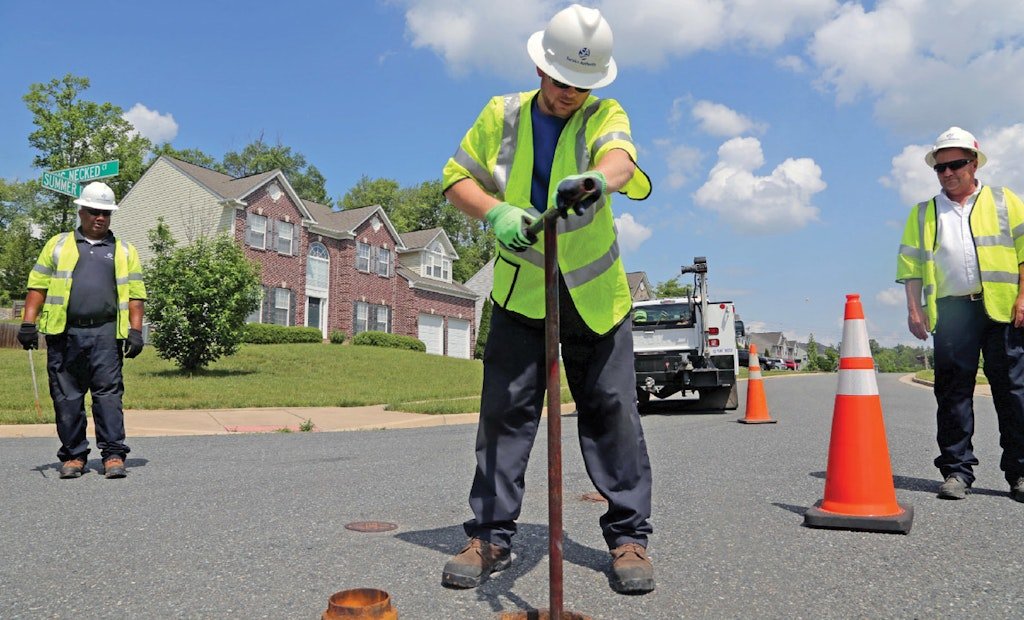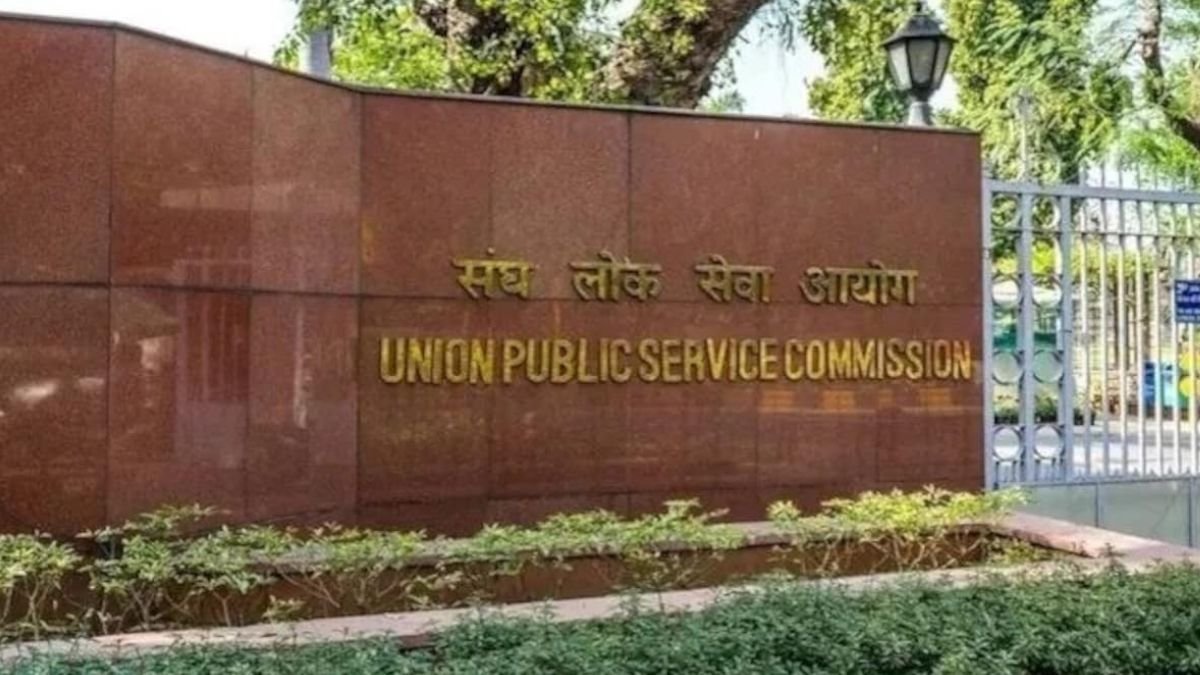Why in the News?
- The Indian Council of Medical Research (ICMR) has announced wastewater surveillance for 10 viruses across 50 cities.
- Environmental surveillance is gaining importance after the COVID-19 pandemic experience, where wastewater sampling helped in early detection.
Key Highlights
- What is Environmental Surveillance?
- Environmental surveillance monitors pathogens in places like sewage, soil, and air by detecting pathogens shed in urine or stool, even from people without symptoms, providing a reliable measure of infection levels within a community.
- How Does Wastewater Surveillance Work?
- Samples are collected from sewage plants, hospital waste, and public places like railway stations and airplane toilets.
- These samples monitor diseases, including those caused by parasitic worms such as roundworms and hookworms, using wastewater and soil.
- Strict protocols guide how samples are collected, processed, and analyzed for accurate results.
- Following these protocols allows comparison of pathogen levels over time.
- Additionally, whole-genome sequencing helps identify different variants of the same pathogen.
- Why is it Important?
- Traditional clinical case detection depends only on people who show symptoms or get tested.
- Silent carriers remain undetected but contribute to disease spread.
- Wastewater surveillance offers early-warning signals, often preceding clinical cases by a week or more.
- Why do early-warning signals matter?
- Early-warning signals detect rising levels of pathogens in the environment, helping public health officials estimate infection rates and gain crucial time to prepare for and respond to potential outbreaks.
- For example: Wastewater-based epidemiology has tracked diseases like measles, cholera, and polio for over 40 years. India began wastewater surveillance for polio in Mumbai in 2001. During the COVID-19 pandemic, similar surveillance was launched in five Indian cities and continues to operate today.
- These signals are vital for effective disease control and planning.
- Current Developments in India
- The Indian Council of Medical Research (ICMR) is launching wastewater surveillance for 10 viruses across 50 cities to monitor viral loads in communities, building on its existing work with viruses like avian influenza.
- Improving data sharing, standardizing protocols, and moving from isolated projects to integrated, programmatic surveillance are key priorities.
- Developing a national wastewater surveillance system is essential for comprehensive disease monitoring in India.
- Emerging methods, like analyzing public cough audio with machine learning, show expanding possibilities for environmental surveillance.
Implications
- Public Health Preparedness: Early-warning enables timely containment of outbreaks. Helps optimize healthcare resource allocation (ICU beds, medicines).
- Tracking Silent Infections: Captures data on asymptomatic carriers who otherwise remain invisible. Provides a more accurate estimate of disease burden.
- Policy and Governance: Strengthens integrated disease surveillance systems (IDSP). Encourages a shift from reactive response to preventive action.
- Research and Innovation: Opens scope for whole-genome sequencing research on variants. Encourages AI and machine learning applications in disease prediction.
- Global Health Diplomacy: Sharing of data can help cross-border collaboration. Aids in WHO-led global disease surveillance frameworks.
Challenges and Way Forward
| Challenges | Way Forward |
| Lack of uniform protocols across states | Develop standardised national frameworks for wastewater surveillance |
| Data-sharing barriers between institutions | Ensure inter-agency collaboration and create open-access platforms |
| Limited coverage of cities and rural areas | Expand surveillance to tier-2, tier-3 cities and villages |
| Project-based initiatives, not long-term | Shift towards programmatic and institutionalised approaches |
| Technological & financial constraints | Invest in lab capacity, genome sequencing, AI tools |
Conclusion
Environmental surveillance, particularly wastewater-based epidemiology, has emerged as a critical early-warning tool for public health. India’s step towards ICMR-led national programs marks a shift from project-based pilots to integrated, programmatic frameworks. With proper investment and standardisation, India can set a global model in preventive disease monitoring.
| Ensure IAS Mains Question
Q. Wastewater-based epidemiology has the potential to transform India’s disease surveillance system. Discuss its advantages, limitations, and the way forward. (250 words) |
| Ensure IAS Prelims Question
Q. Consider the following statements regarding Wastewater Surveillance: 1. It helps in detecting infections among both symptomatic and asymptomatic individuals in a community. 2. India first initiated wastewater-based surveillance for polio in Mumbai in 2001. Which of the above statements is/are correct? a) 1 only b) 2 only c) Both 1 and 2 d) Neither 1 nor 2 Answer: c) Both 1 and 2 Explanation: Statement 1 is correct: Wastewater captures pathogens shed in stool/urine, covering symptomatic and asymptomatic cases. Statement 2 is correct: India’s first wastewater surveillance was launched in Mumbai in 2001 for polio, not cholera. |
|
Also Read |
|
| UPSC Foundation Course | UPSC Daily Current Affairs |
| UPSC Monthly Magazine | CSAT Foundation Course |
| Free MCQs for UPSC Prelims | UPSC Test Series |
| ENSURE IAS NOTES | Our Booklist |




